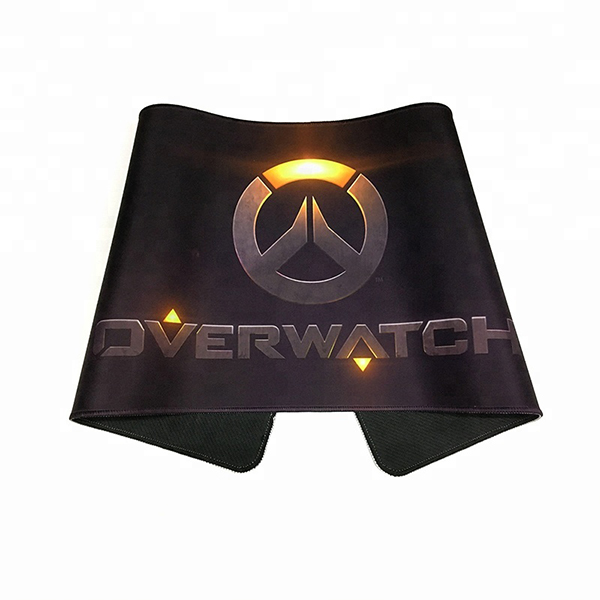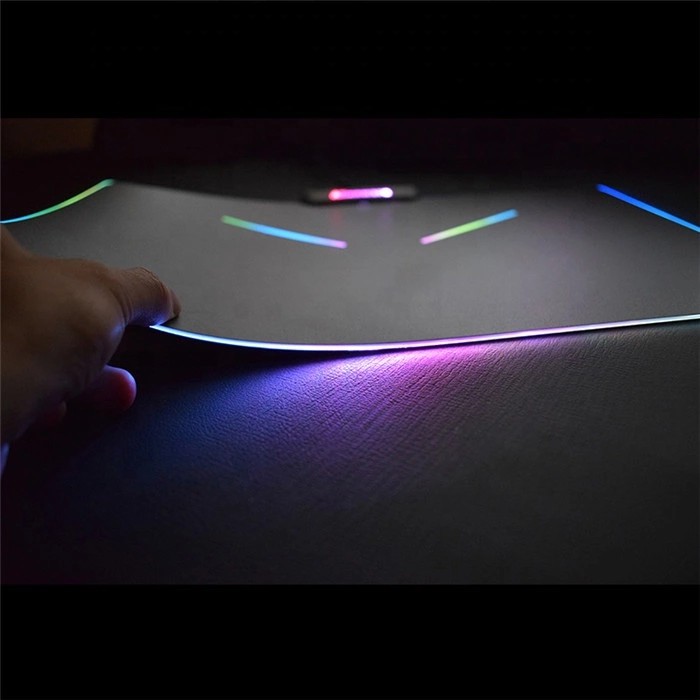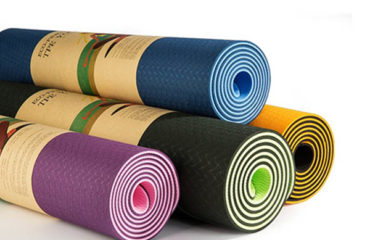Performance
Performance of a gaming mouse pads is a rather subjective thing; how well it can perform in a variety of settings and applications in everyday use, not to mention how it just “feels” when compared against another surface you are accustomed to using. That being said, there is one quasi-objective tool we’ve come across that measures quality of a tracking surface: the S.Q.A.T. feature found on the Mionix Naos mice models.
Tthe Surface Quality Analyzer Tool that is included in the software package. The S.Q.A.T. takes advantage of the laser sensor by allowing users to run the mouse across various surfaces and then analyzing the tracking ability of that surface on a scale from 1 (poor) to 10 (excellent). We cannot verify for absolute certain what actually constitutes a “better” surface for the S.Q.A.T. results, but I have tried many surfaces, mousepads and otherwise, and can anecdotally say that it does indeed work very well.
Consequently, I tried all of these rubber gaming mat with the S.Q.A.T utlity and found them all were able to achieve an “Excellent” result.
In order to make sure there isn’t any biased voodoo going on between the two FDT products, I also tried an older SteelSeries 5L control pad and it provided a “Good” result. And lastly, I tried a Cooler Master Battlepad speed mouse mat and it also scored a “Good” rating.
Granted, I can’t conclusively base my impression entirely on the S.Q.A.T utility results, but it did provide some strong support of my own personal anecdotal observations.
Below we see a Mionix Naos 3200 resting comfortably on the Carbonic. it’s quite a sleek minimalist aesthetic combination. Even the smallest pad of the trio still has a generous area for movement. As you can imagine, the Ripper XXL would be utterly massive, suitable for both keyboard and mouse.
I do quite a bit of Photoshop and MS Office work, as well as some Auto CAD, not to mention fair share of gaming as well. Testing with a Razer Death Adder (optical) and a Mionix Naos 8200 (laser), both mice worked very well with the FDT surfaces. The precision in working with technical drawings and models was very good, zooming in for detailed adjustments in Photoshop and AutoCAD, and moving around is smooth and efficient. There was also no difficulties with either sensors.
The one consistent observation across all these FDT mouse pads is that as mats with similar surfaces, they act very similarly as well. They do offer a medium-to-high amount resistance, so a mouse tracks across the surfaces fairly smoothly but also a bit slowly. That’s not a bad thing, but don’t expect your mouse to zip across these pads like a speed pad; that’s not going to happen. These are control mats after all, so if you like a well-controlled mouse pad, then these should definitely be on your radar.
Lastly, the only downside with a cloth-based surface is that any food crumbs tend to stick slightly in the finely-textured grooves. Come on, we all eat at our computers, admit it. So be sure to give these a good shake to clean them once in awhile. Or if you’re really hardcore, use a can of compressed air.
Summary
When it comes to control versus speed mats, one is not “better’ than the other; they are simply “different”. One may be preferred for a particular use, such as using Photoshop versus gaming, for example, and people may find certain mice work better on certain surfaces. The reality is that the regardless of the type of mousepad, a successful one needs to be durable, smooth (in varying degrees), noiseless, non-slip, comfortable, and allow any mouse to track accurately across the surface. And these FDT products successfully deliver that for anyone looking for a great textile/control mouse pad.





